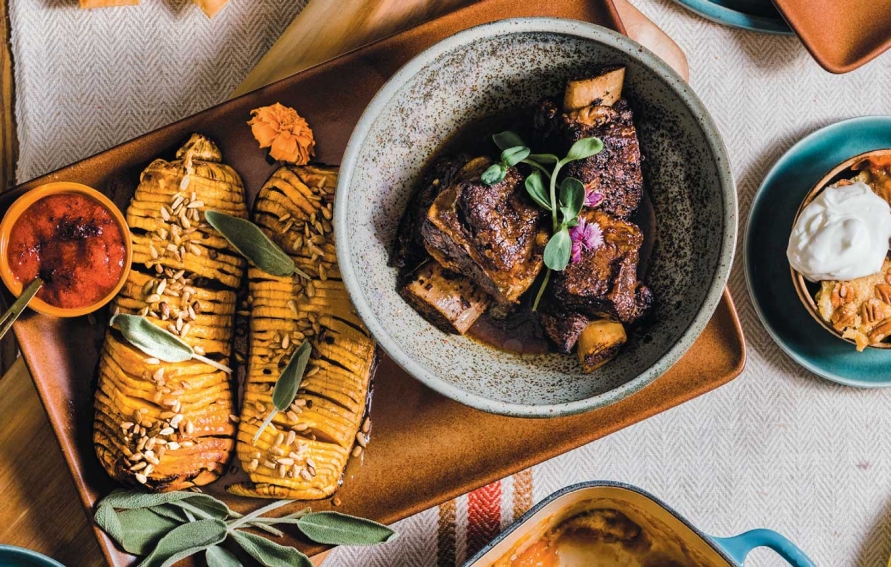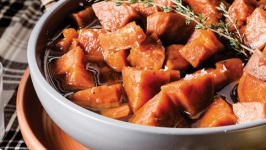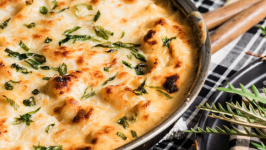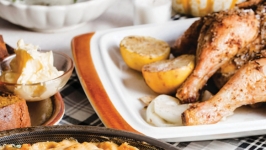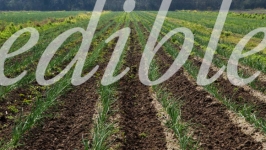Ingredients
- 1 large butternut squash
- 2 tablespoons raw honey, more as needed
- ½ teaspoon sage powder
- 6-8 fresh sage leaves
- 1/3 cup of sunflower oil
- 1 teaspoons kosher salt, more as needed
Preparation
Preheat the oven to 450°. Peel, deseed, and cut squash in half lengthwise, keeping the stem. Rub generously with oil and sprinkle with salt. Bake, placing squash halves cut-side-down, for 15 minutes. Remove and allow to cool. Use a sharp knife to make thin slices end to end without cutting through the bottom (a chopstick on each side will help).
To make the glaze, heat the honey with sage powder and a pinch of salt. Tuck sage leaves within the slices in the butternut squash (3-4 leaves per half).
Reduce the oven temperature to 400°. Coat the squash with the honey sage glaze and bake, glazing every 15 minutes until done. Depending on the size of your squash, this will take approximately 45 minutes to 1½ hours.
When done, remove to a serving platter and discard sage leaves. Brush with another coat of the honey sage glaze and sprinkle a pinch of sea salt and sage powder.

